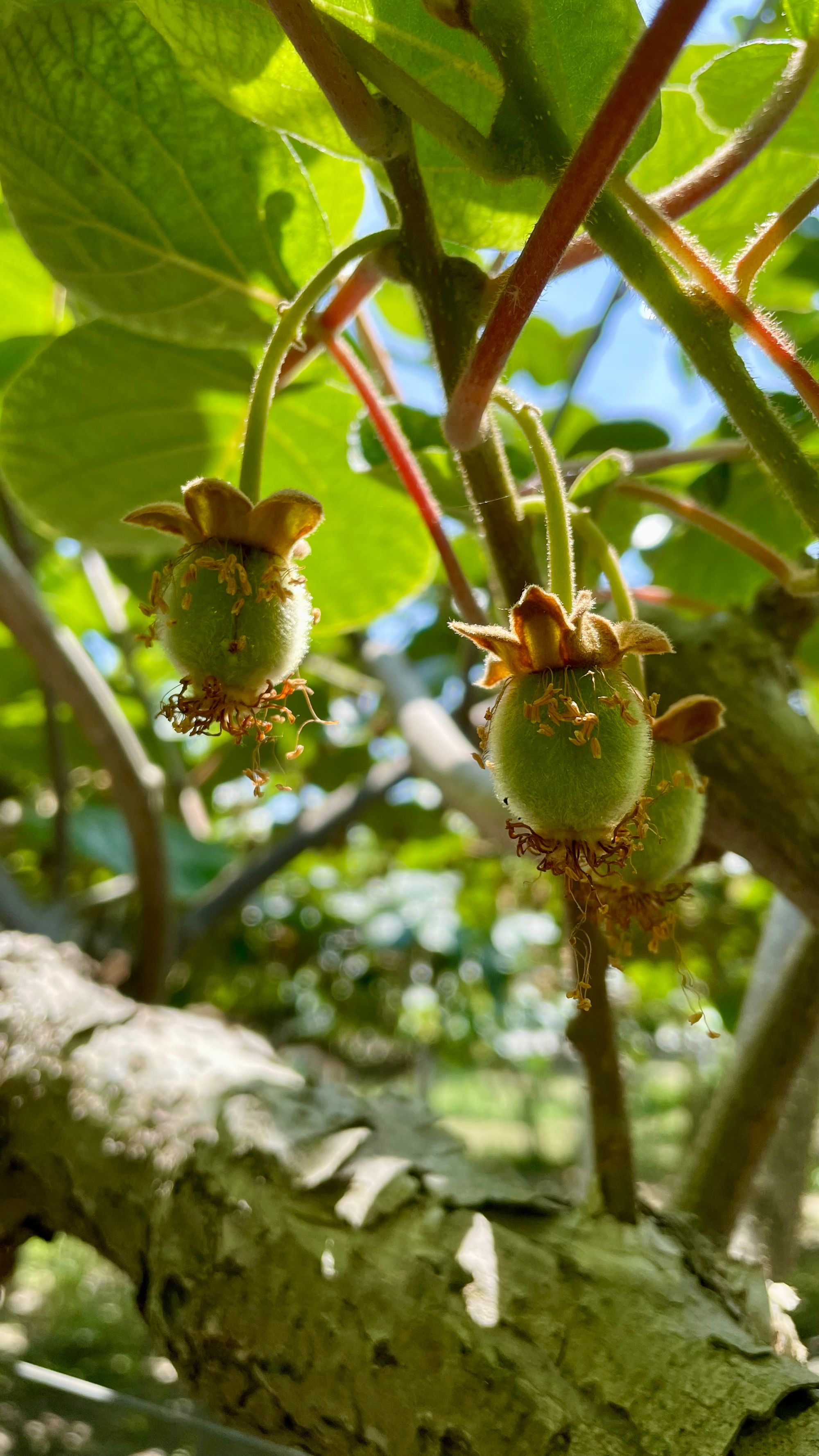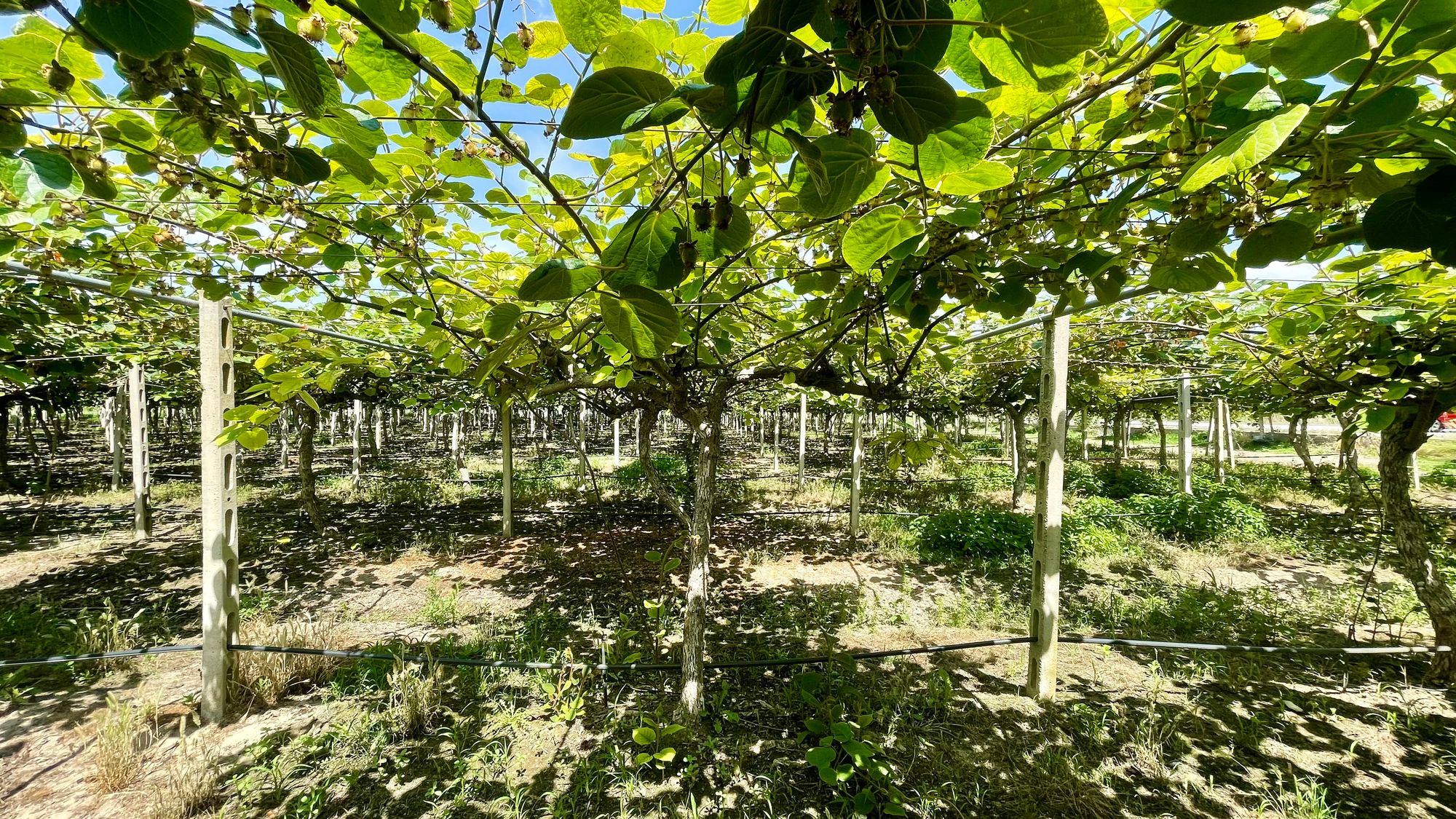Earlier this year, I was invited on a press trip to Greece by The Charming Taste of Europe, as part of a campaign designed to showcase some of the EU’s quality agricultural products available for export to the US and Canada. This particular trip was highlighting Greek kiwis and cherries. When I told friends why I was going to Greece, many were puzzled and (most) had the same question: “There are kiwis in Greece?” I initially wondered the same thing, but after visiting the Kavala COOP consortium near the Aegean coast of northern Greece, it made perfect sense why Greece is now one of the top kiwi producers in the world. It ends up kiwis are Europe’s most-exported fruit!
The Union of Agricultural Cooperatives of Kavala (Kavala COOP) was founded in 1927—today, it has 500 members that include producers from the provinces of Kavala, Nestos, and Thassos. Kavala is a top kiwi-producing region in the nation. We visited the kiwi processing facilities in Haidefto, and thanks to the highly irrigated area (there are canals everywhere), specialized agronomists started cultivating kiwis there 22 years ago. And with great success: the mild climate and fertile land were quite ideal, thanks to the Nestos River (the area was previously renowned for growing tobacco and corn).
Since we were there in June, there weren’t any ripe kiwis for us to try—harvest is in mid-October through early December. (What’s interesting is since Greece isn’t in the same hemisphere as New Zealand, they have different cultivation schedules.) Kiwis can be kept in cold storage for up to six months—at this facility, they can store 10 million kiwis in 52 refrigerated rooms while carefully monitoring the temperature, humidity, and oxygen levels. Kavala COOP exports kiwis throughout Europe (Spain buys the most), South Africa, USA, Canada, and other countries.
We toured the processing facility and the kiwi fields and learned about how they’re grown. Did you know kiwis grow on vines, not trees? It was fascinating to see them growing on pergola frames (like old-school grape vines!), which helps to provide shade. Another interesting fact: the cultivation team will pluck two kiwis off the vine and leave one to grow plump and sweet.
In the fall, Kavala COOP will separate the harvested kiwis into ten kinds (by weight and class). It ends up different markets have different preferences: France likes their kiwis small, Spain likes ‘em big. And since kiwis reportedly have two times the vitamin C of oranges, they were quite popular during the pandemic. I also learned that gold kiwis are sweeter and less reactive than green kiwis for some people who report feeling tingly lips or a swollen tongue when they eat them, so give the goldies a try.
In case you’re wondering how to say kiwi in Greek, it’s “aktinidio.” You’ll see Greeks using kiwis in pastries, smoothies, and as a topping on Greek yogurt or in parfaits, just like we do. The next time you’re buying kiwis, check and see where they’re from—they may have a Greek accent!




